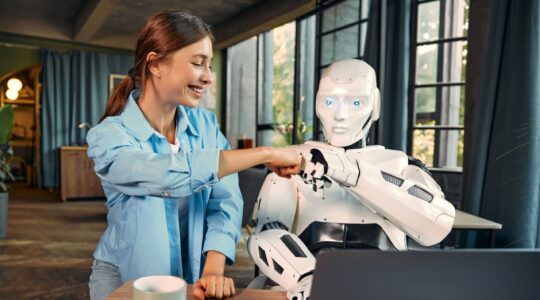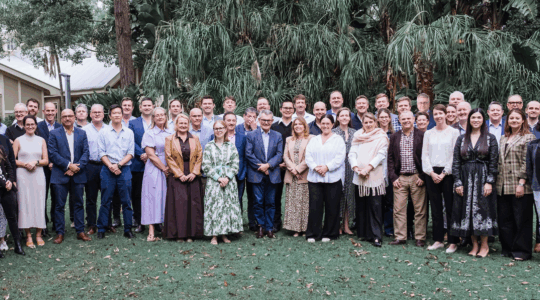Space scientists have discovered that the methods they use to study galaxies can also help detect fake artificial intelligence images.
Research released at the Royal Astronomical Society’s National Astronomy Meeting in Hull last week, said the secret was in the eyes.
Professor of astrophysics at the University of Hull Kevin Pimbblet said if the reflections in both eyes matched, the image was likely to be that of a real human.
If they didn’t, the image was probably a fake.
“The reflections in the eyeballs are consistent for the real person, but incorrect (from a physics point of view) for the fake person,” Professor Pimbblet said.
“To measure the shapes of galaxies, we analyse whether they’re centrally compact, whether they’re symmetric, and how smooth they are. We analyse the light distribution.”
These techniques could be applied to the left and right eyeballs to gauge whether a picture was likely to be fake.
Deep fakes are becoming a growing issue as easily-accessible AI technology allows the creation of pictures and videos that are fake, but look very real.
A growing number of online “influencers” are constructed humans rather than the real thing.
Professor Pimbblet said it was important to note that the technology was not a “silver bullet” for detecting fake images.
“There are false positives and false negatives; it’s not going to get everything,” he said.
“But this method provides us with a basis, a plan of attack, in the arms race to detect deepfakes”
The full report is on the RAS website.








